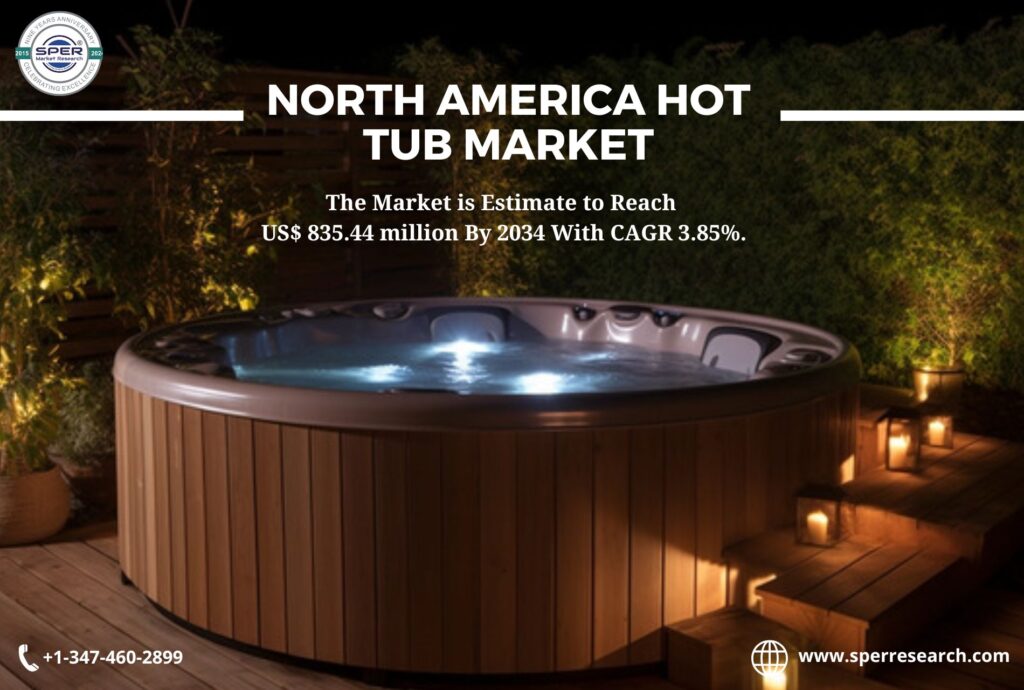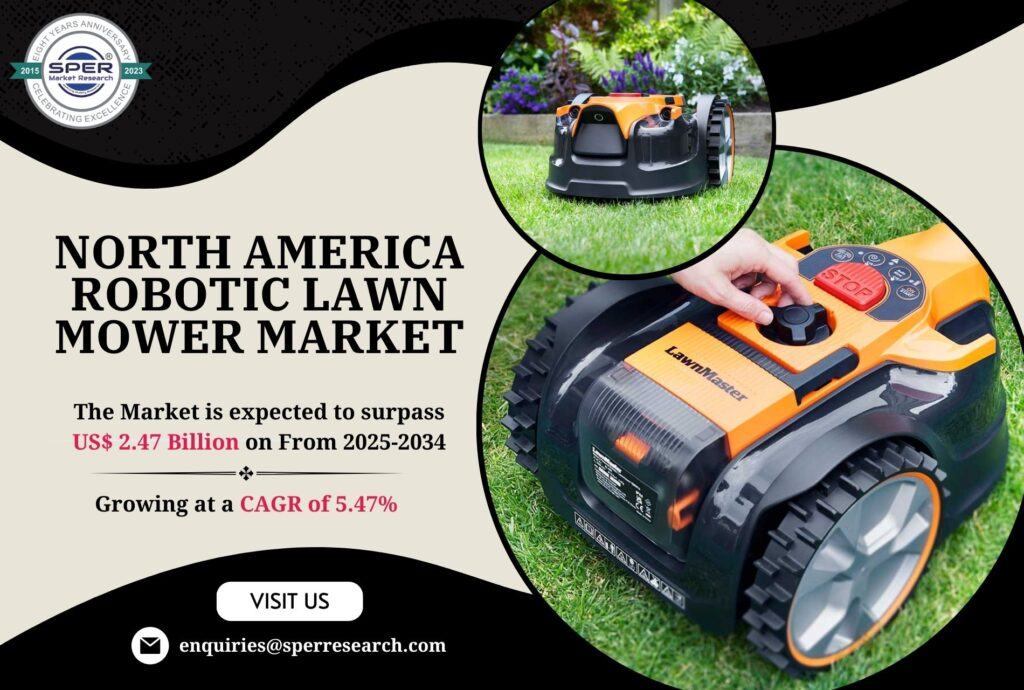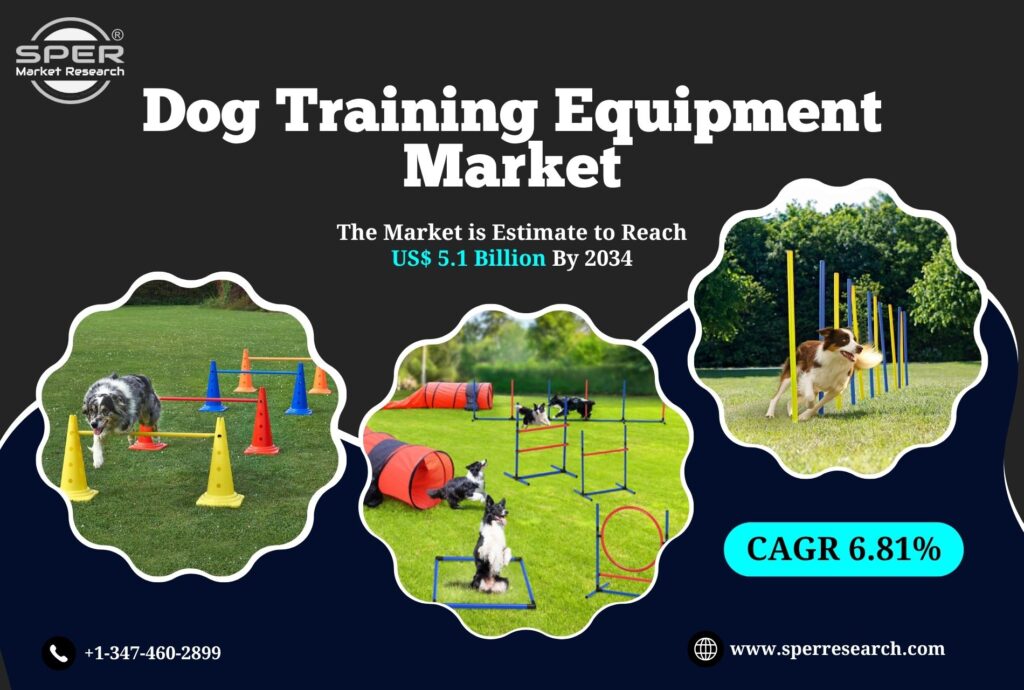A hot tub is a specially designed pool or large tub filled with heated water, primarily intended for relaxation, hydrotherapy, and leisure. These units are commonly equipped with powerful jets that deliver a soothing massaging effect, helping to ease muscle tension, enhance blood circulation, reduce stress, and promote overall wellness. Hot tubs come in various types, including portable, inflatable, above-ground, and in-ground models, catering to different preferences and space requirements. They are frequently installed in residential backyards, but also feature prominently in luxury hotels, spas, and wellness resorts. By blending therapeutic advantages with entertainment and social interaction, hot tubs have grown into a sought-after lifestyle addition, appealing to consumers who value comfort, health, and relaxation both at home and in commercial settings.
According to SPER market research, ‘North America Hot Tub Market Size- By Type, By Shape, By End Use- Regional Outlook, Competitive Strategies and Segment Forecast to 2034’ states that the North America Hot Tub Market is projected to be worth 835.44 million by 2034 and is anticipated to surge at a CAGR of 3.85%.
Drivers:
The North America Hot Tub Market is experiencing rapid growth, driven by increasing awareness of hydrotherapy’s benefits for both physical and mental well-being, positioning them as a preferred option for relaxation and holistic health. With consumers viewing hot tubs as lifestyle enhancers, the growth in disposable income has further boosted the willingness to spend on premium outdoor leisure products. The rising trend of backyard renovations and home improvement projects has encouraged homeowners to create private, tranquil outdoor retreats. This shift has significantly elevated the popularity of hot tubs as not only a luxury addition to modern living spaces but also a meaningful wellness investment. These factors are shaping consumer preferences and fueling the expansion of the North American hot tub market.
Download the Detailed Analysis in PDF format, Here
Restraints:
The North America hot tub market encounters several challenges that restrict its overall growth potential. The high cost of installation, coupled with ongoing maintenance expenses, prevents many consumers from purchasing advanced or premium models. Rising energy consumption and higher utility bills also act as deterrents, limiting wider adoption. Seasonal fluctuations, with reduced usage during extreme weather, further impact steady demand. Moreover, strict regulatory standards and the growing presence of alternative wellness solutions such as saunas, steam rooms, and spa therapies intensify competition. Collectively, these factors create barriers to mass adoption, slowing market penetration and making it difficult for the industry to sustain consistent long-term growth across the region.
The North America hot tub market is dominant in the United States due to high disposable incomes, strong wellness awareness, and widespread home improvement trends. Some significant market players are American Standard, Bella Group, BRIZO Kitchen & Bath Company, Bullfrog Spas, CERA Sanitaryware Limited, Freuer Faucets, Jaquar, Kerovit, Kohler Co., LIXIL Corporation.
For More Information, refer to below link: –
North America Hot Tub Market Growth
Related Reports:
Oman Modular Kitchen Market Growth
Europe Hair Styling Tools Market Growth
Follow Us –
LinkedIn | Instagram | Facebook | Twitter
Contact Us:
Sara Lopes, Business Consultant — USA
SPER Market Research
enquiries@sperresearch.com
+1–347–460–2899









